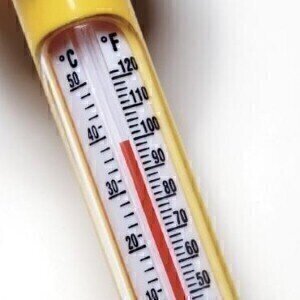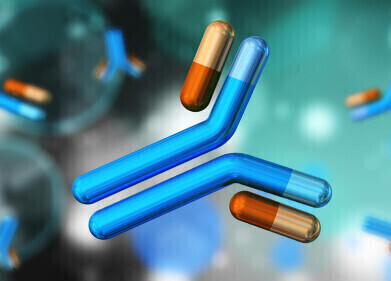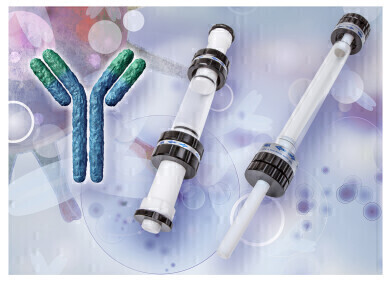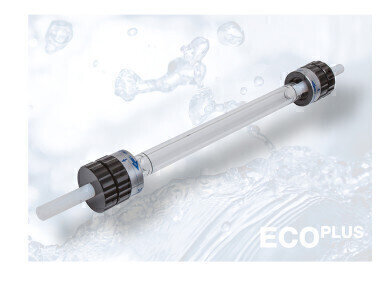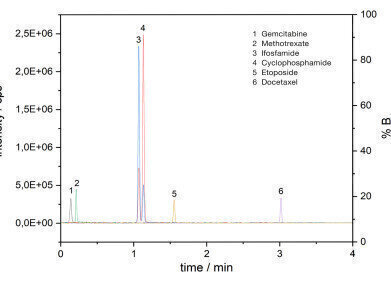Bioanalytical
Fluorescent polymer thermometer maps temperature differences in cells
Mar 08 2012
Scientists in Japan have developed a new fluorescent polymer thermometer which can map the temperature differences in different portions of living cells.
The new equipment has shown some organelles within cells are warmer than others, and could help understand how cells regulate their temperature and how this correlates with disease. Seiichi Uchiyama and his team from the University of Tokyo have already developed a fluorescent polymer that can determine the average temperature of whole cells, but they redesigned the whole system in order to see what was going on at a sub-cellular level.
The previous polymer took the cell's temperature as aggregate, rather than dispersing itself throughout the cell. Takashi Uchiyam, from the University of Tokyo, commented in RSC: "We improved the solubility of the thermometer by making it more hydrophilic.
"In addition, the resultant thermometer was small enough to enter the nucleus."
The thermometer incorporates three elements into a copolymer: a fluorescent molecule, hydrophilic groups and a heat-responsive portion. The fluorescence is quenched by water, but as the polymer contracts in response to increased temperature, the water is displaced and the fluorescence response increases. A key modification for mapping temperature in different parts of a cell, says Uchiyama, was switching from measuring the fluorescence intensity to fluorescence lifetime.
Posted by Ben Evans
Digital Edition
Chromatography Today - Buyers' Guide 2022
October 2023
In This Edition Modern & Practical Applications - Accelerating ADC Development with Mass Spectrometry - Implementing High-Resolution Ion Mobility into Peptide Mapping Workflows Chromatogr...
View all digital editions
Events
May 05 2024 Seville, Spain
May 15 2024 Birmingham, UK
May 19 2024 Brno, Czech Republic
May 21 2024 Lagos, Nigeria
May 23 2024 Beijing, China
